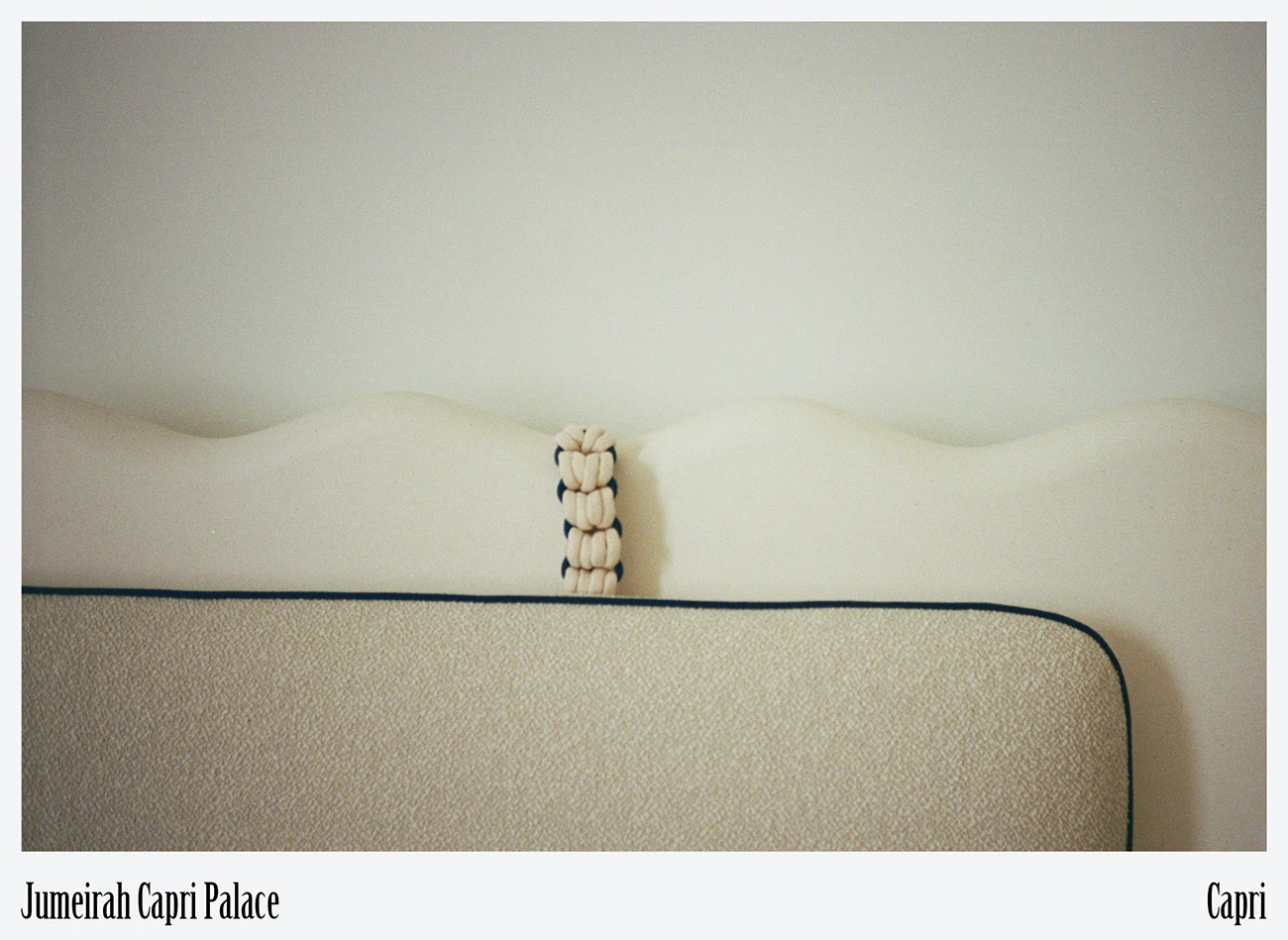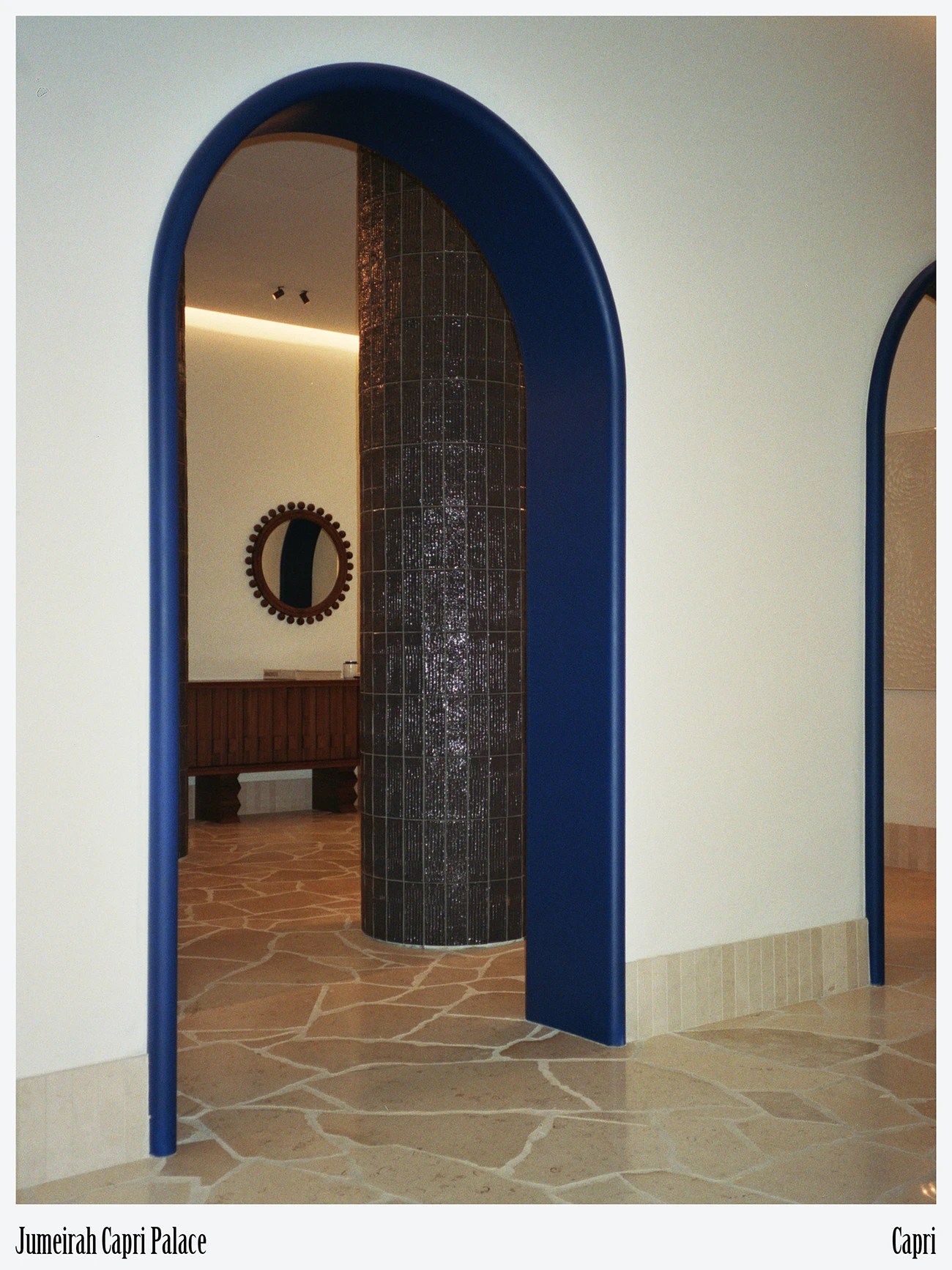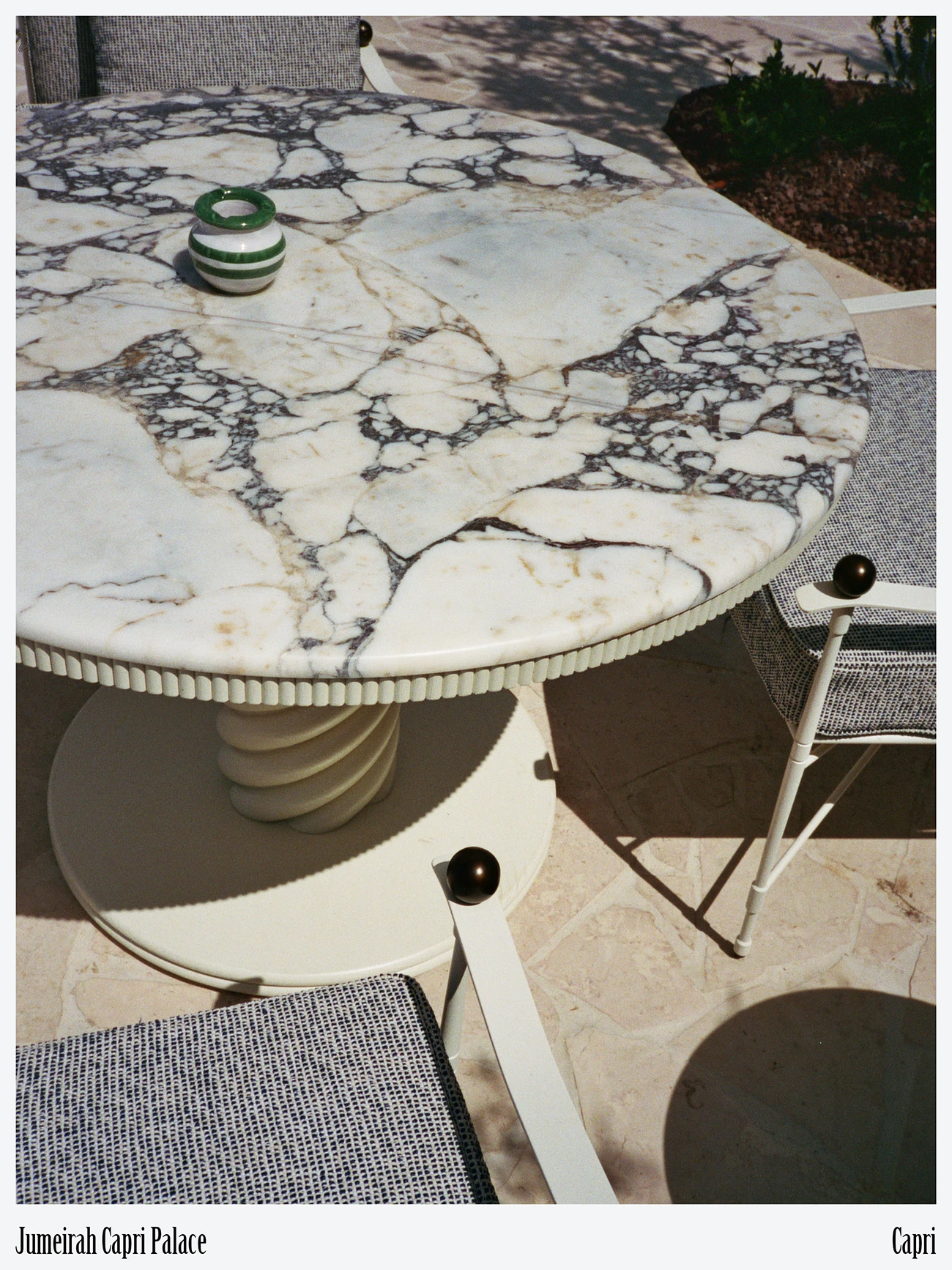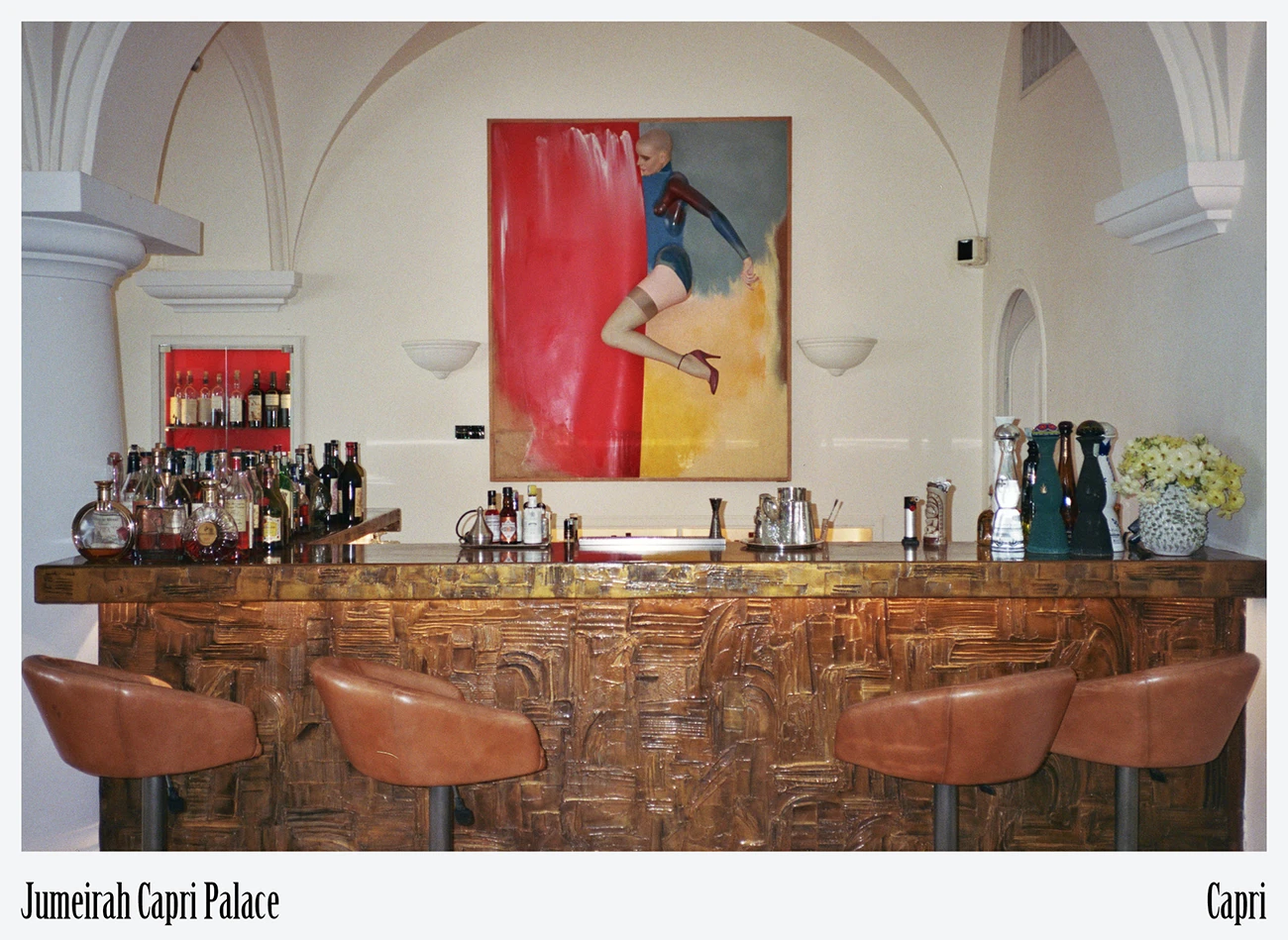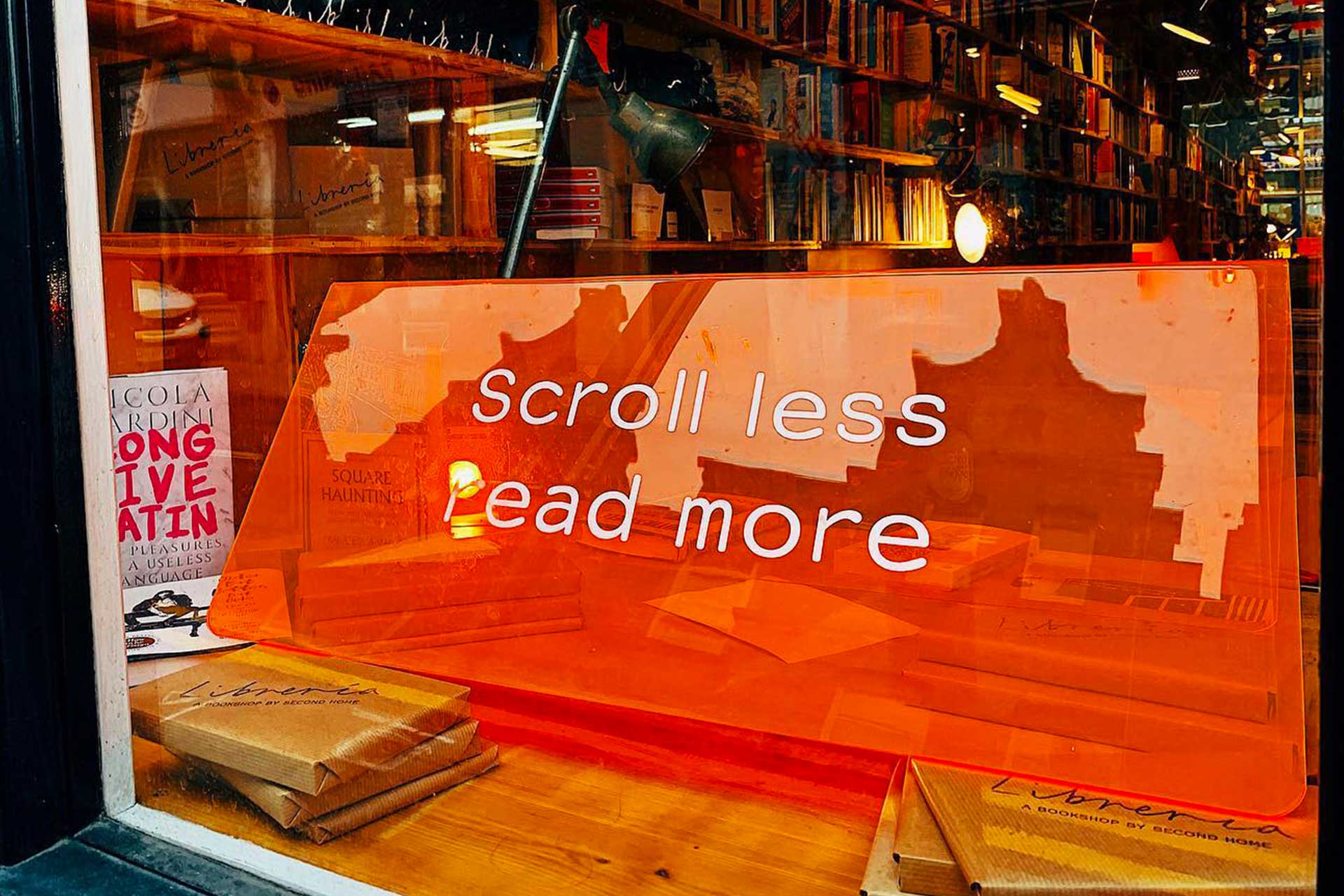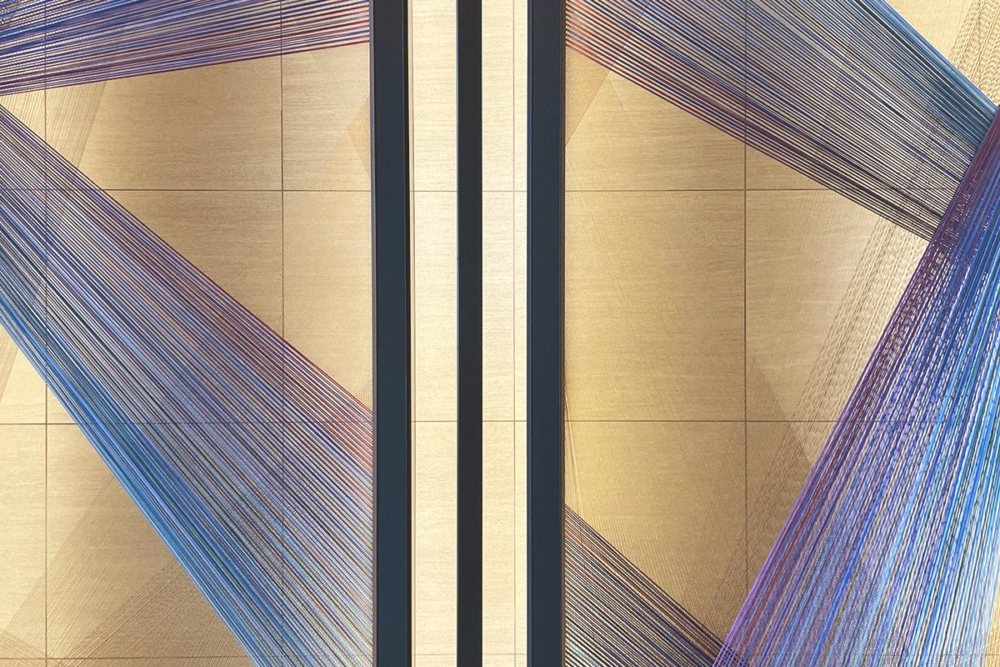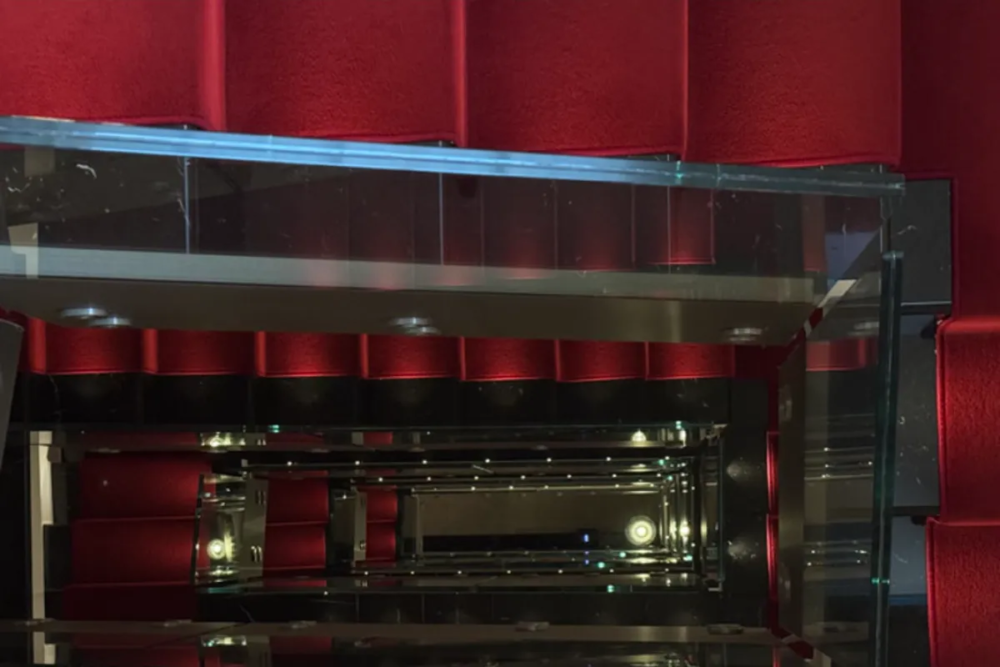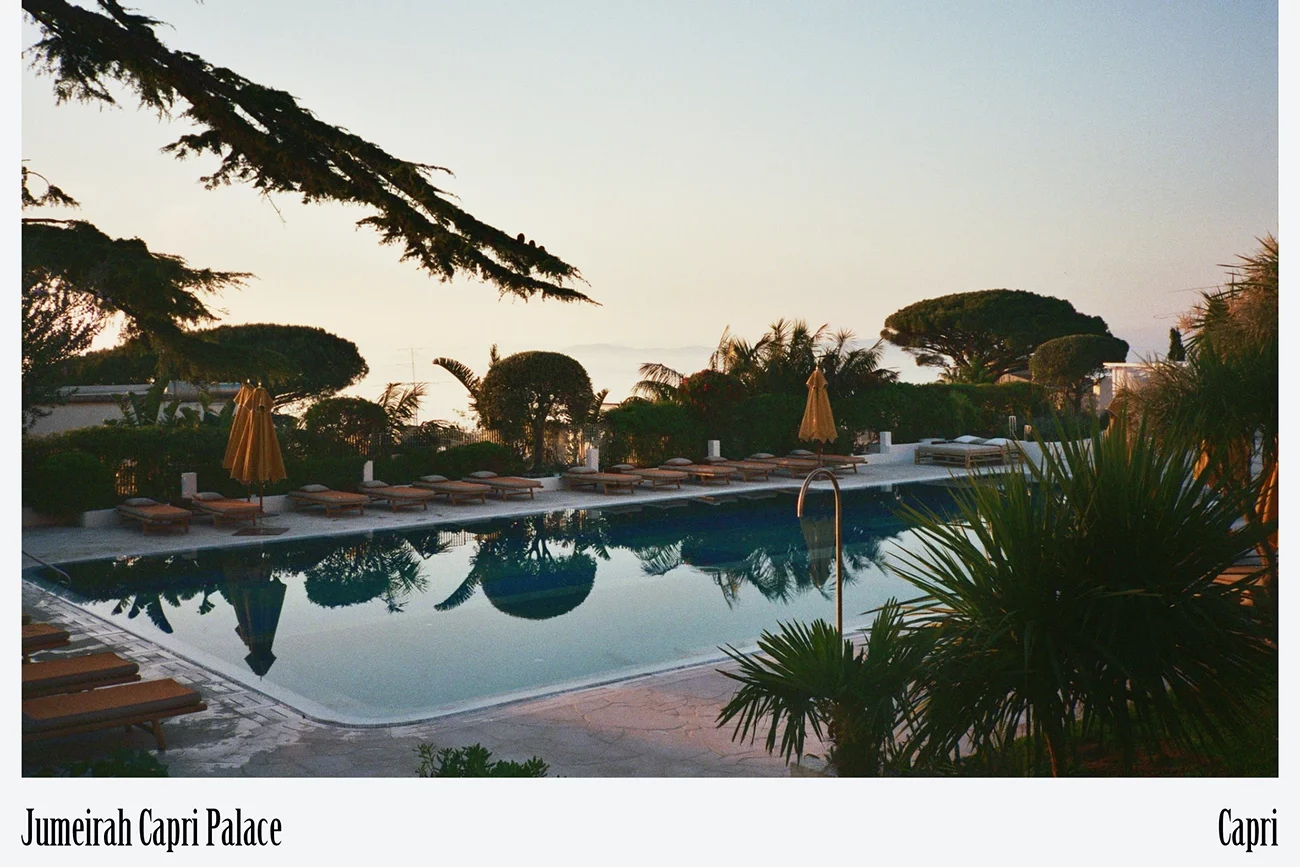
Craft, culture, and conservation: inside Jumeirah Capri Palace
A conversation with Ermanno Zanini, about reviving Jumeirah Capri Palace through the lens of design, contemporary art, and local craft
Jumeirah Capri Palace. A conversation with Ermanno Zanini, Regional Vice President for Southern Europe and United Kingdom at Jumeirah
In 2019 Jumeirah acquired its first Italian hotel, now Jumeirah Capri Palace, which reopened under new management in April 2020. The hotel, featuring 72 rooms, is located in the town of Anacapri, on the western side of the island. In May 2025, five suites were unveiled, along with a redesigned outdoor bar and pool area, following a restyling by Spanish designer Patricia Urquiola. The project drew inspiration from the colorful palette of the Gulf of Naples and involved collaboration with local artisans.
Ermanno Zanini, former General Manager of Jumeirah Burj Al Arab in Dubai, has been General Manager of the Capri Palace since 2002 and serves as the Regional Vice President for Southern Europe and United Kingdom at Jumeirah.
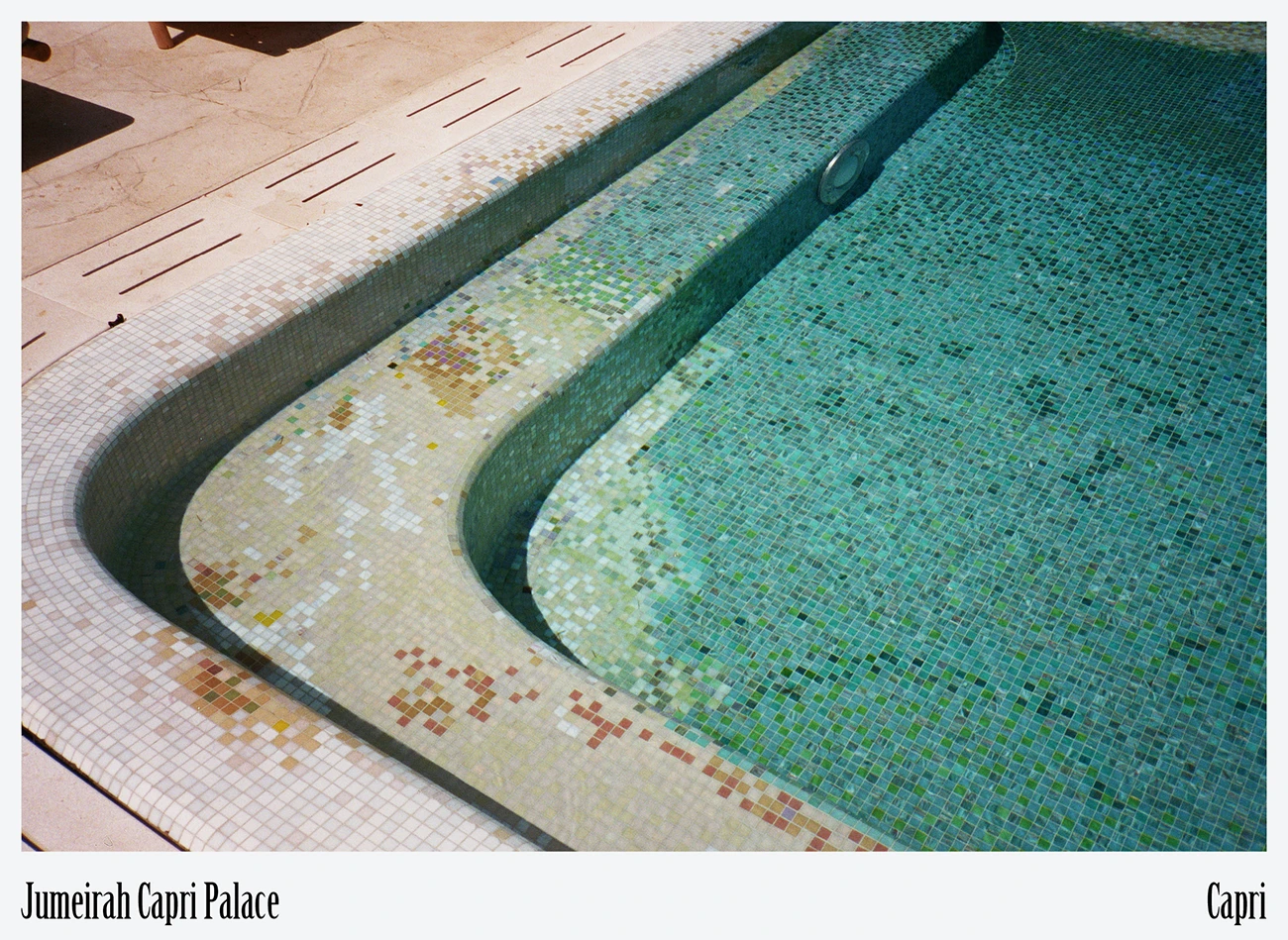

Dubai and London. Notable projects in two major cities
Ermanno Zanini: When I was the General Manager of Jumeirah Burj Al Arab in Dubai, we promoted several initiatives, including one active since 2004: the protection of sea turtles. That area has a population of marine turtles that migrate and often fall victim to boat accidents or suffer poisoning from ingesting plastic they mistake for jellyfish. In addition to the aquarium, we established a turtle rehabilitation centre inside Jumeirah Burj Al Arab, a clinic where a team of specialists treat rescued turtles based on their injuries. Before being released back into the sea, they undergo rehabilitation in a seawater lagoon located at nearby hotel, Jumeirah Al Naseem.
In London, we have developed an advanced system for energy optimization and consumption monitoring, that has allowed us to reduce consumption by 40% in the past five years.
Mallorca and Capri. Preserving nature on two Mediterranean islands
EZ: In Mallorca, alongside consumption monitoring and various collaborations with ceramicists and winemakers, we are focused on preserving biodiversity. We have created a garden with Mediterranean plants that require low water consumption. In the Valley of the Oranges, a UNESCO World Heritage site, we launched an initiative to help farmers manage the citrus groves.
In Capri, waste management is a priority for an island. In the municipality of Anacapri, thanks in part to the support of our hotel Jumeirah Capri Palace, we have achieved nearly 80% waste segregation. In our restaurants we pay attention to ingredient sourcing, as dining is a part of our business. All four of our restaurants – L’Olivo, Zuma, a-Ma-Re Capri, and Il Riccio – prioritize seasonal and traceable products. Zuma, in particular, uses 90% of local ingredients, mainly from the Campania and Sicily regions.
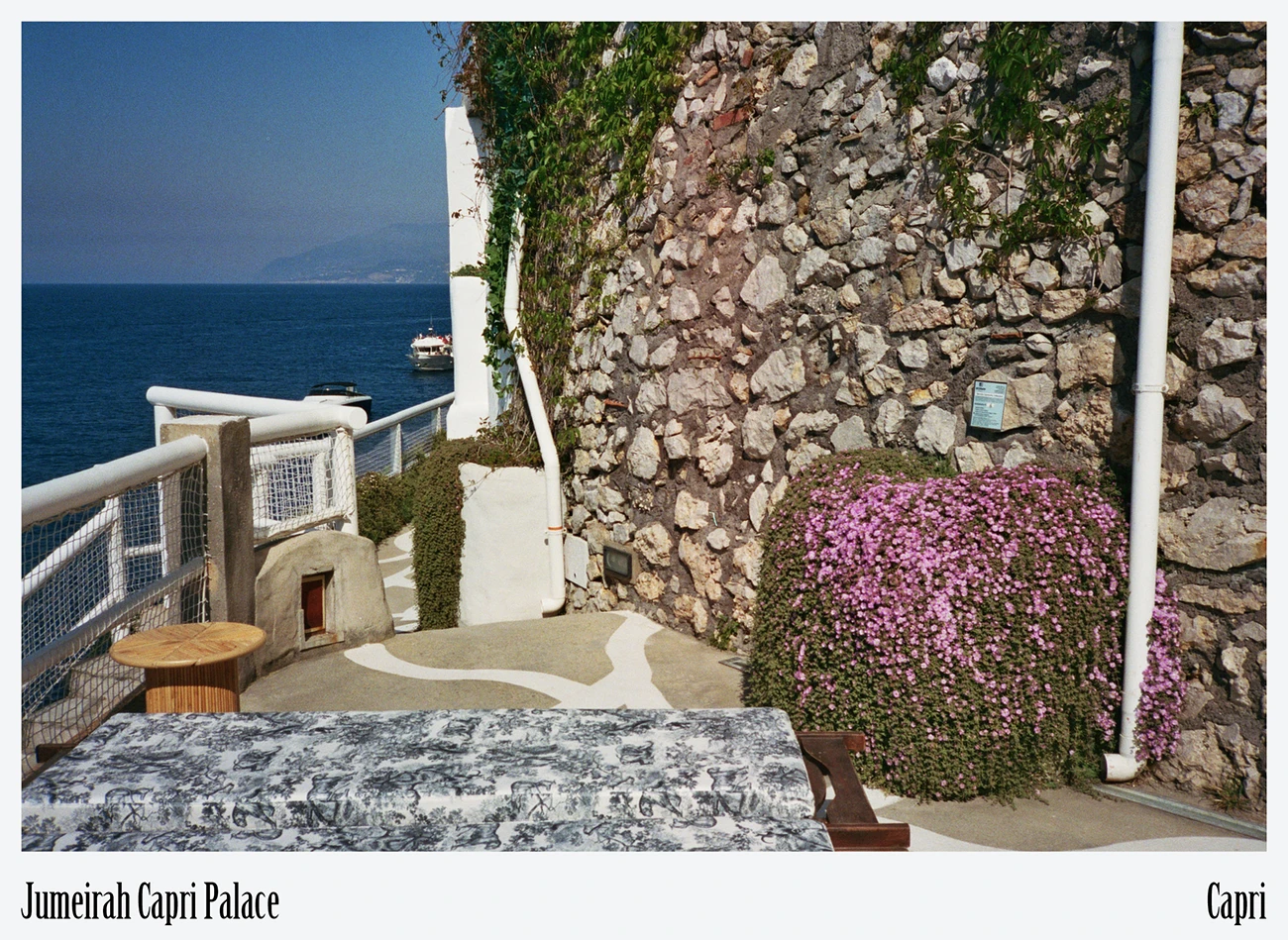
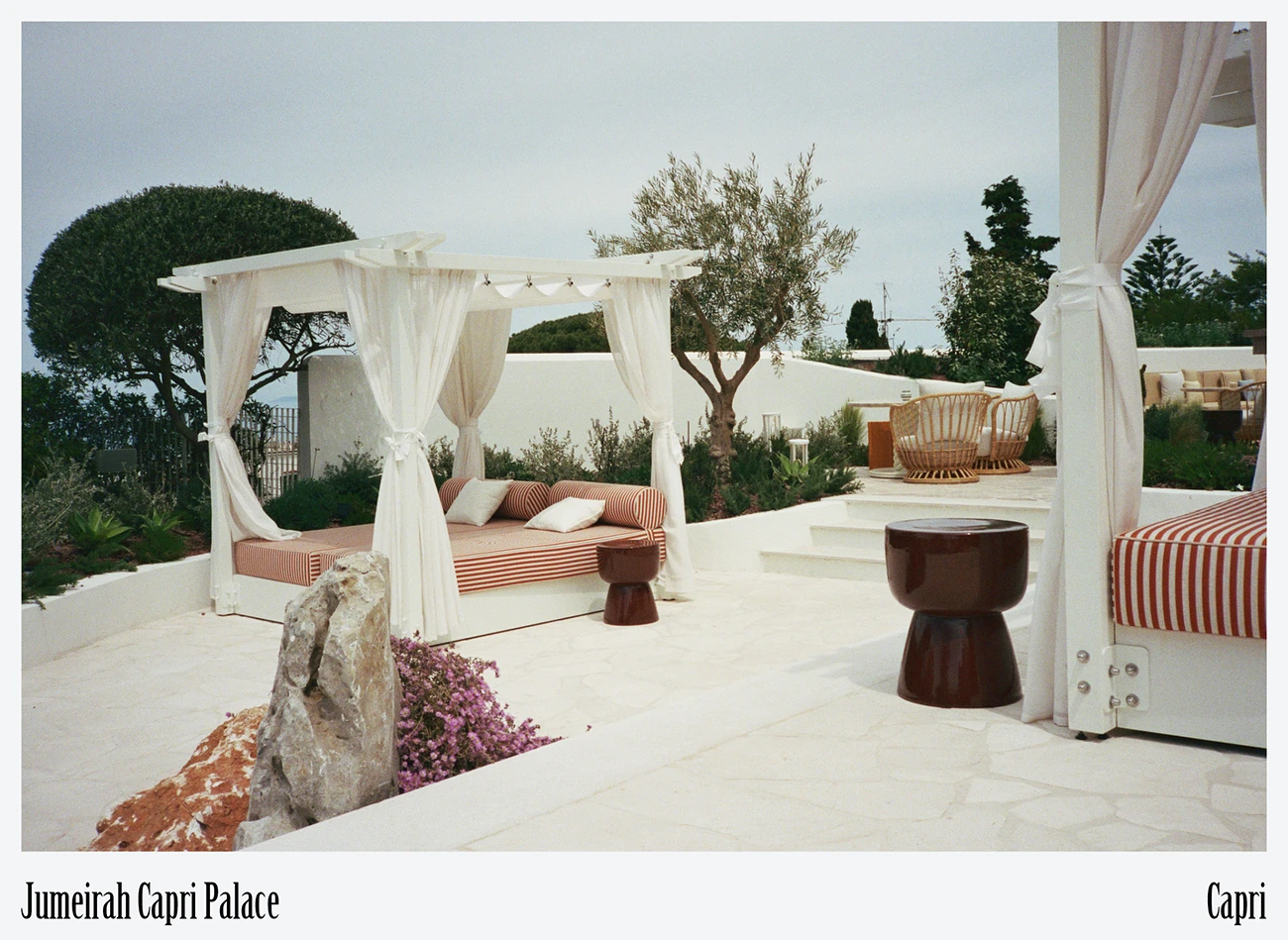
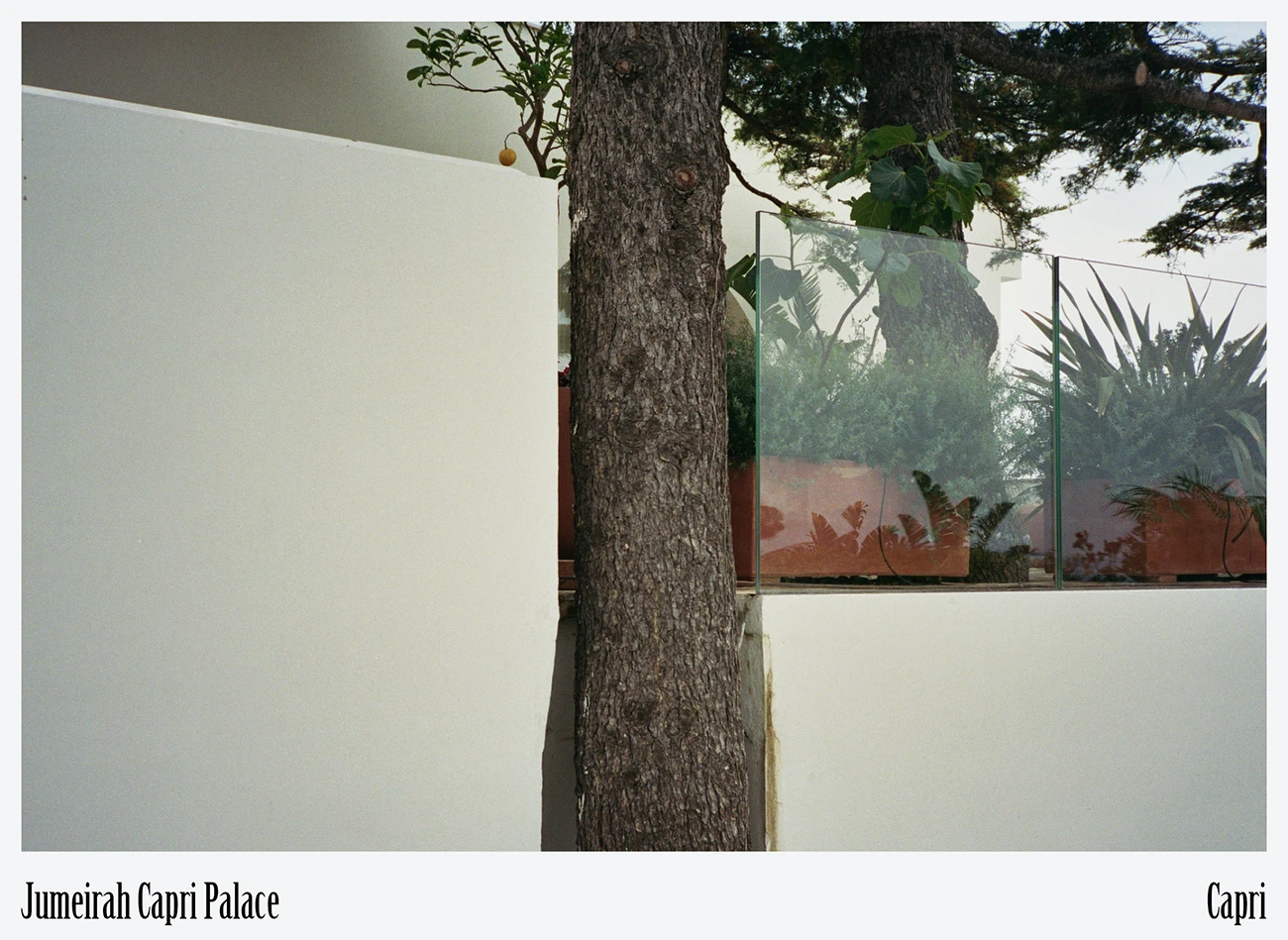
Capri Palace: Resource management, tourist flows, and respect for the island’s territorial identity
EZ: The issue of overtourism is a real concern in Capri since the island has a fragile ecosystem. I picture it as a boat that can only accommodate a certain number of people, beyond that it becomes unmanageable. We urge the two municipalities of Capri and Anacapri to adopt policies to regulate visitor arrivals. There are conflicts of interest, but both the municipalities demonstrate sensitivity to the issue, and we are working together to reduce the number of arrivals, without making any distinction based on spending capacity.
We want to regulate the number of guests who can visit each day, without an economic filter, by promoting off-season travel. Tourism is concentrated in five months of the year, while the island could be enjoyed year-round thanks to its microclimate, even in winter. The goal is to rationalize arrivals so even day-trippers can experience the island with tranquility. There is an effort, from both us and the administrations, to convince all stakeholders of the need for a daily arrival limit.
The art collection displayed across Jumeirah Capri Palace
EZ: The White Museum is a collection of artworks spread throughout Jumeirah Capri Palace, featuring works by Giorgio De Chirico, Arnaldo Pomodoro, Keith Haring, Lello Esposito, Allen Jones, and Massimo Kaufmann, among others. These pieces interact with the hotel’s spaces, offering our guests an experience that goes beyond mere hospitality.
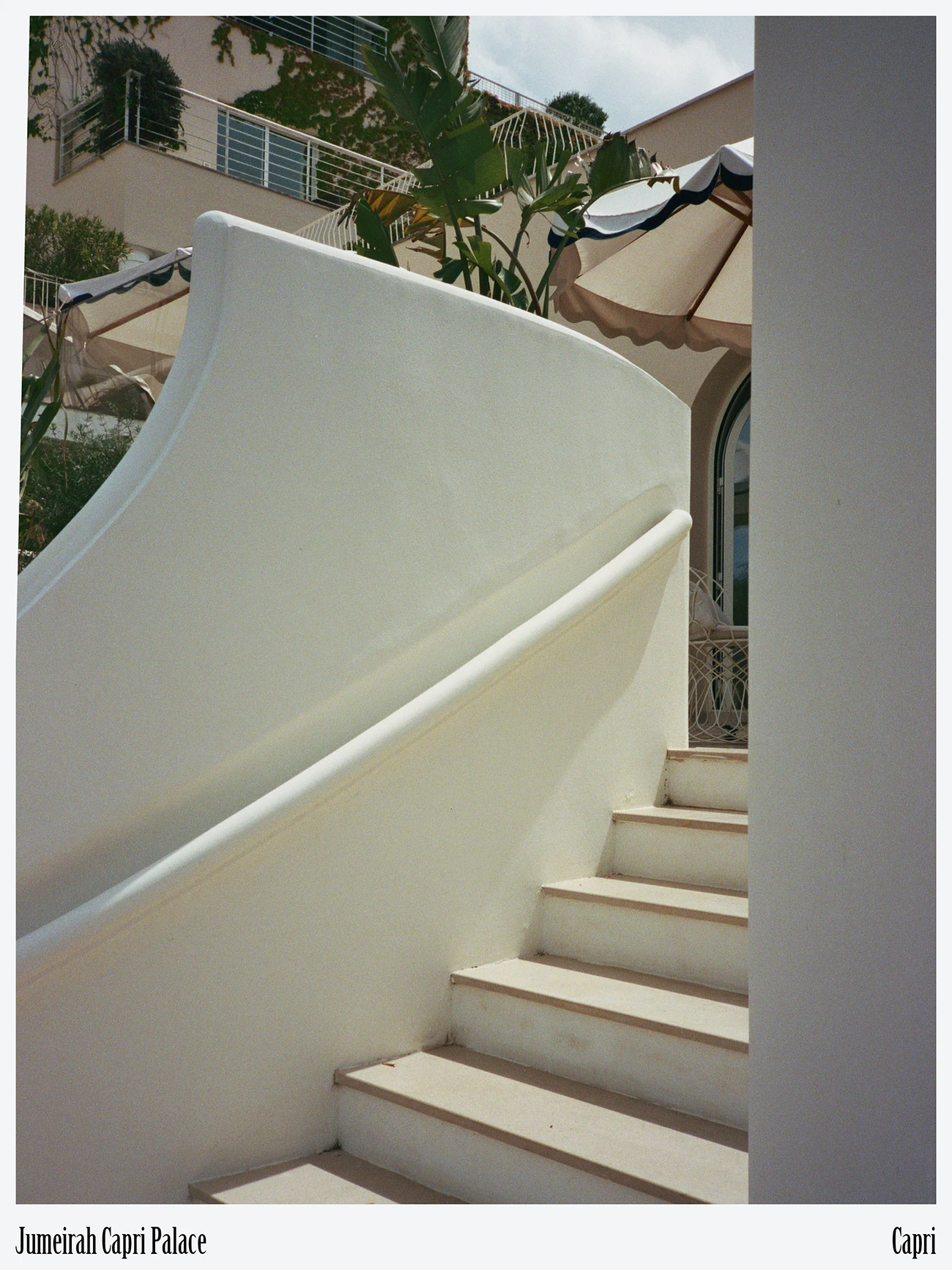
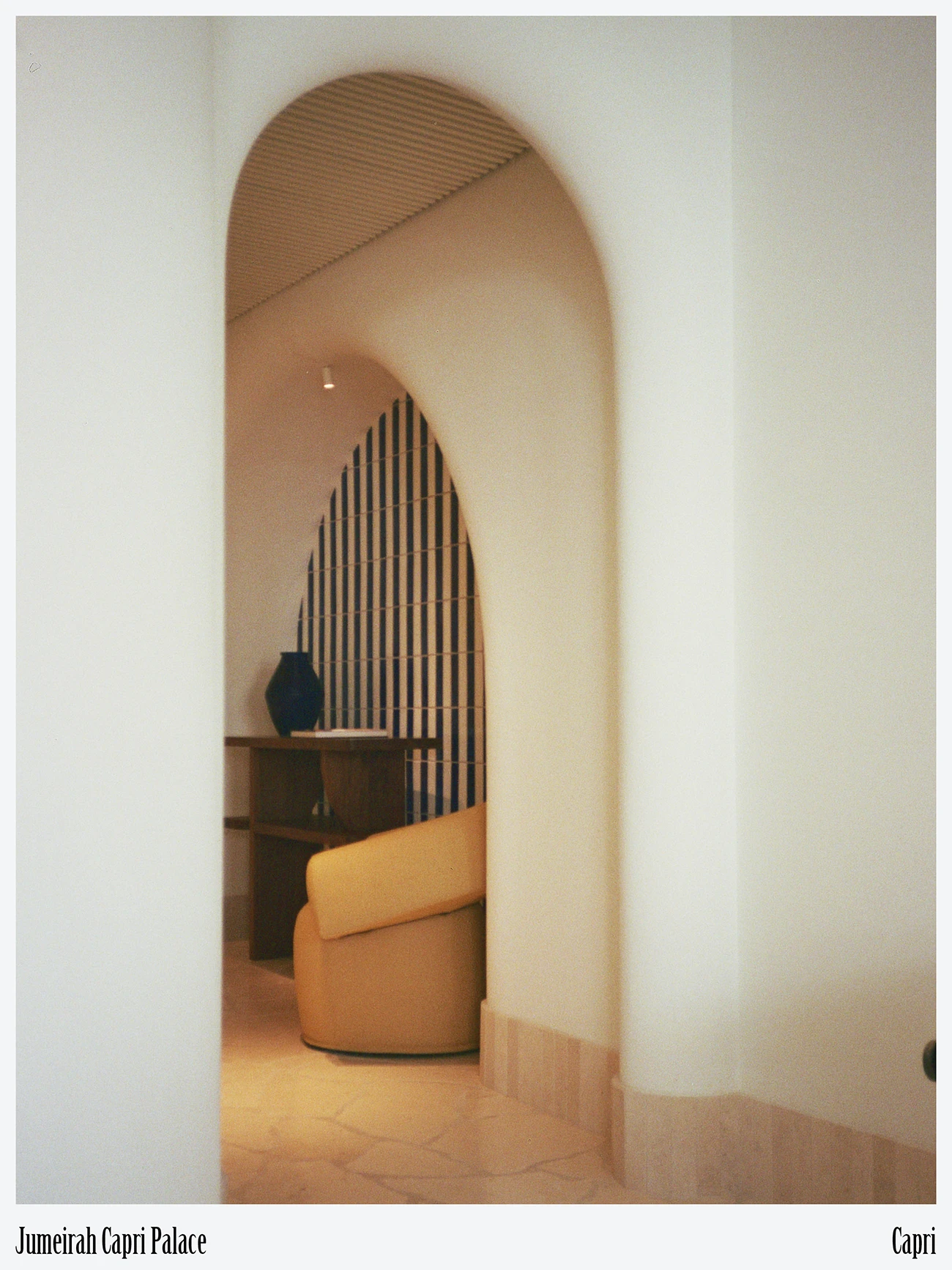
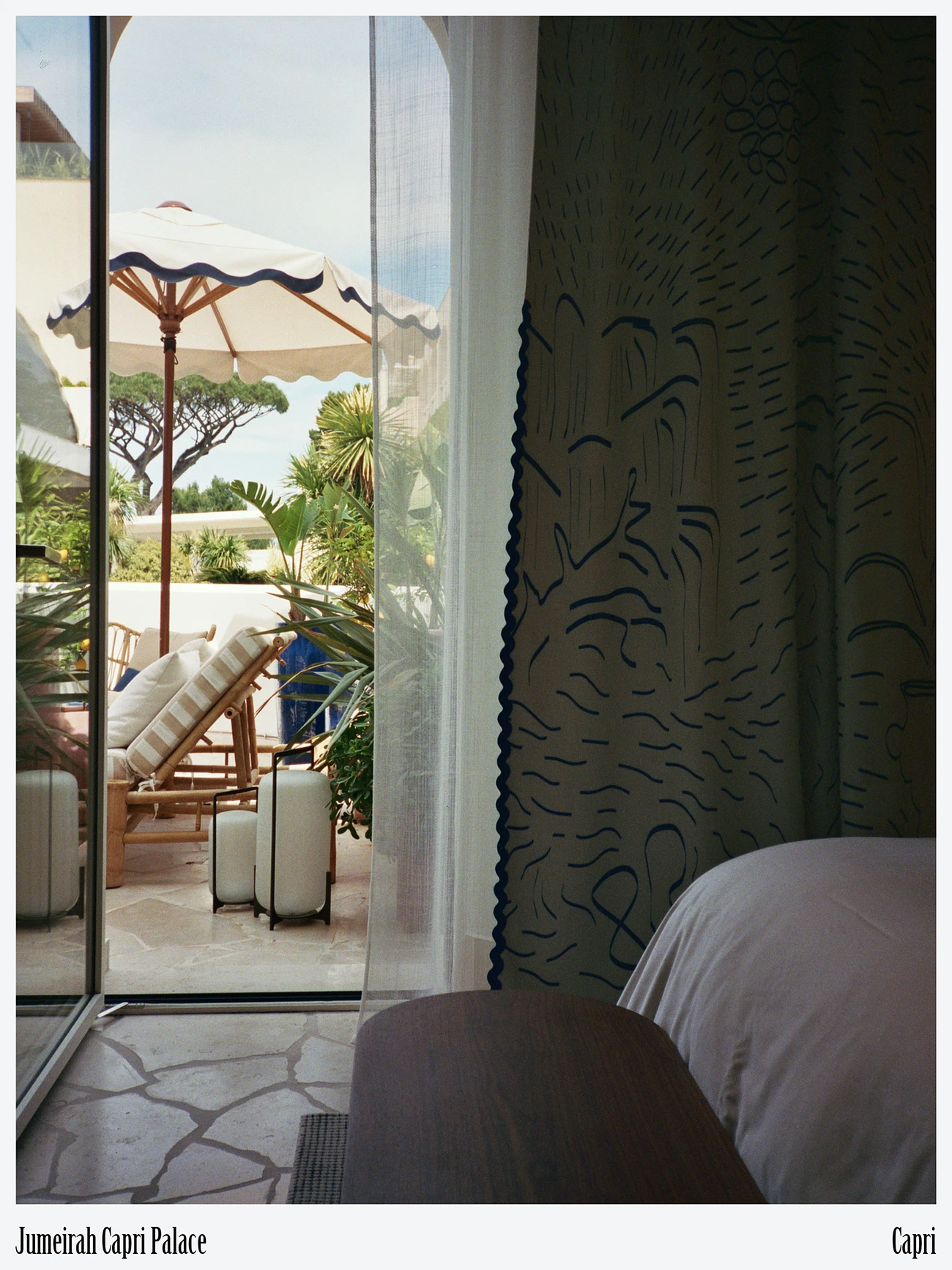
Fabrizio Plessi’s boat: the island’s traditional rowboat as seen by the Italian video artist
EZ: We support artistic and cultural initiatives, many of which are rooted in the local area, such as the case of Fabrizio Plessi’s installation. The story of the Azzurra work by Fabrizio Plessi began many years ago when I invited the artist to Capri with the idea of donating an installation to the municipality of Anacapri. My plan was for him to exhibit his works, focused on the themes of fire and water, inside a deconsecrated church. However, when the church was re-designated for worship the project had to be abandoned.
While walking together through Marina Grande, Plessi spotted an abandoned boat once used to enter the Grotta Azzurra and asked if we could recover it. These boats have no stern and feature two prows, one for entering, one for exiting, and are reinforced with wrought iron to prevent damage when sailing inside the cave. Since the boat was no longer seaworthy, Plessi had the idea to transform it into a work of art: the water now flows electronically across the screens installed in its hull, thanks to the digital projection of a continuous stream of moving water.
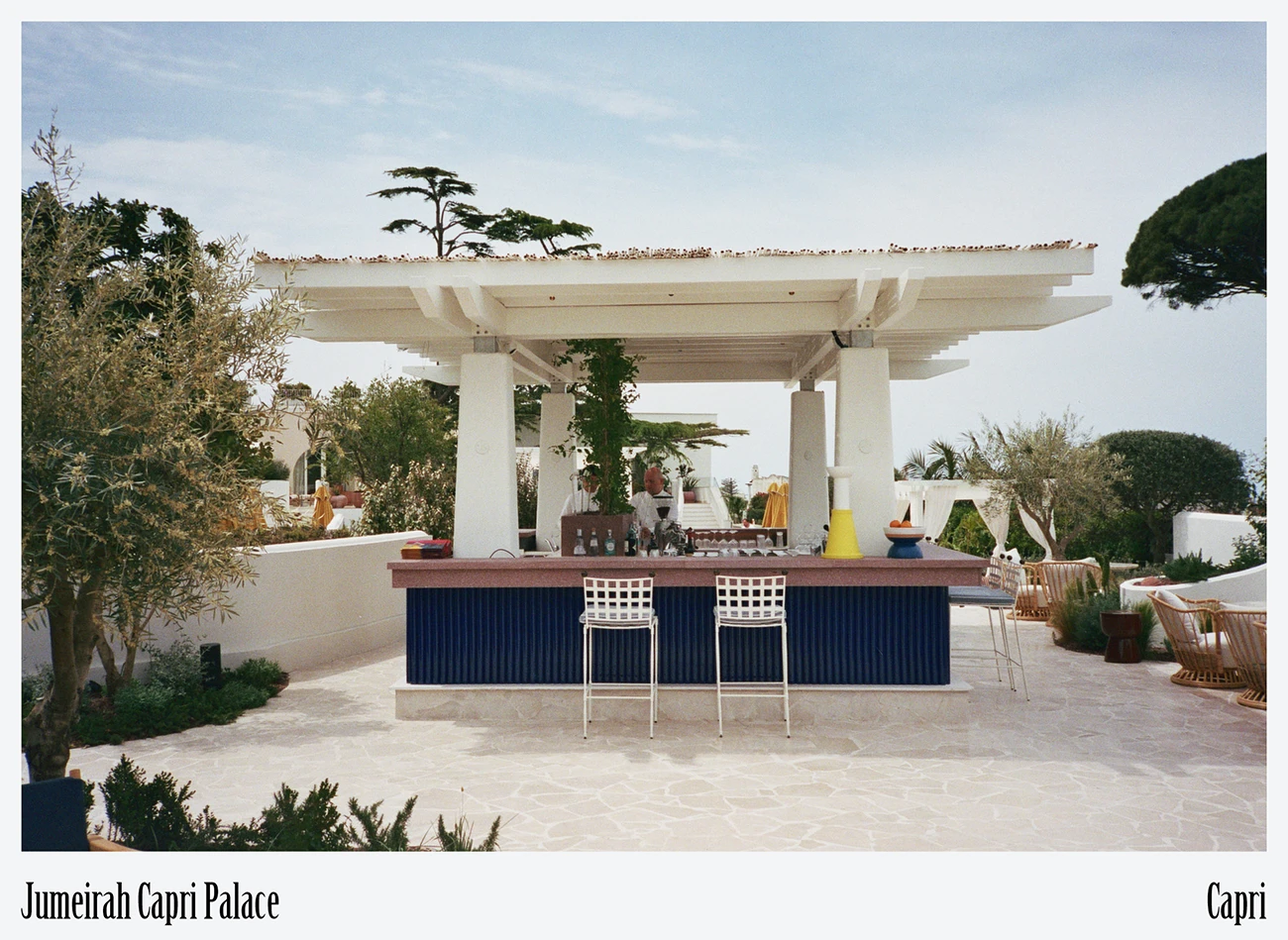
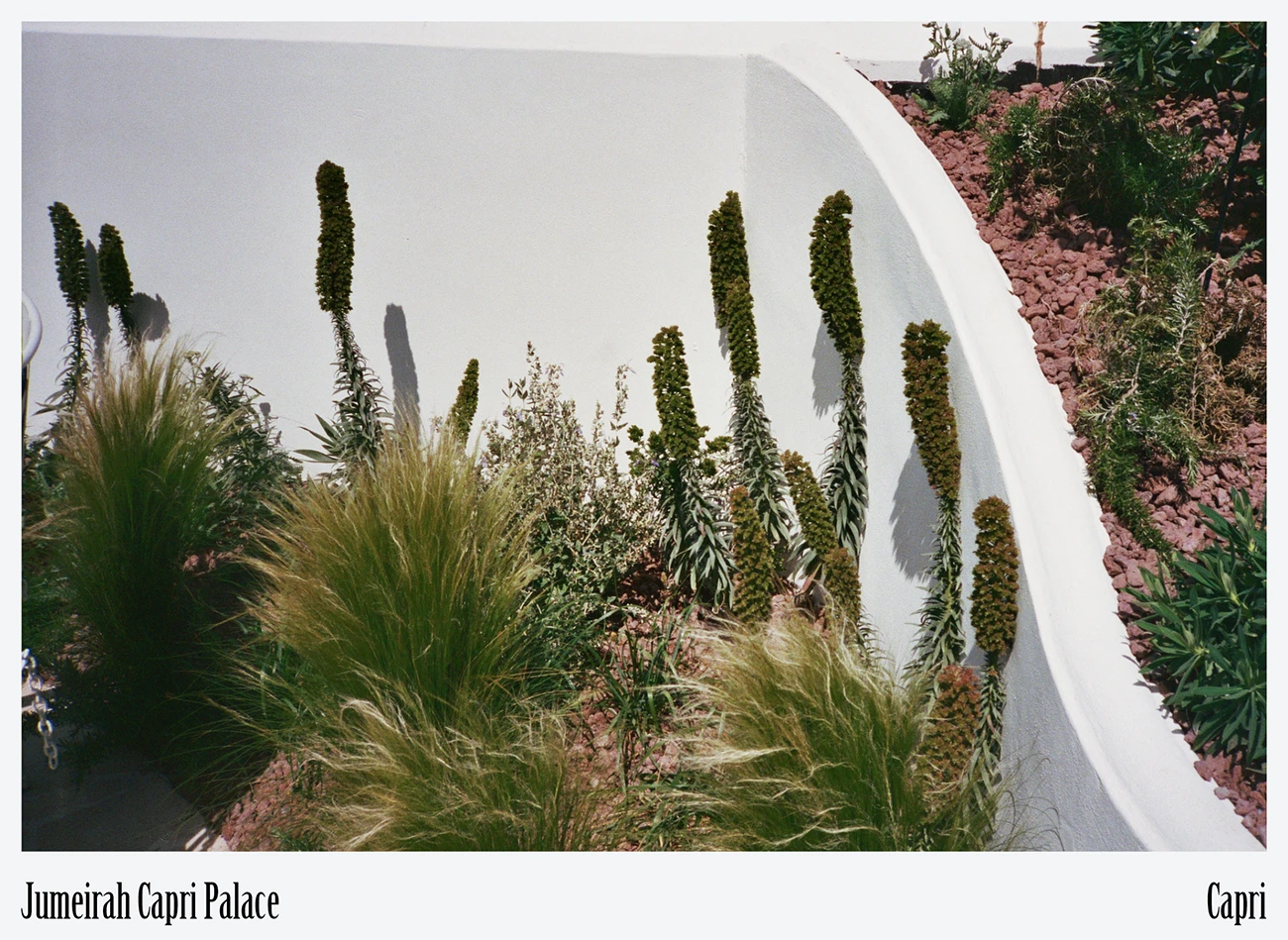
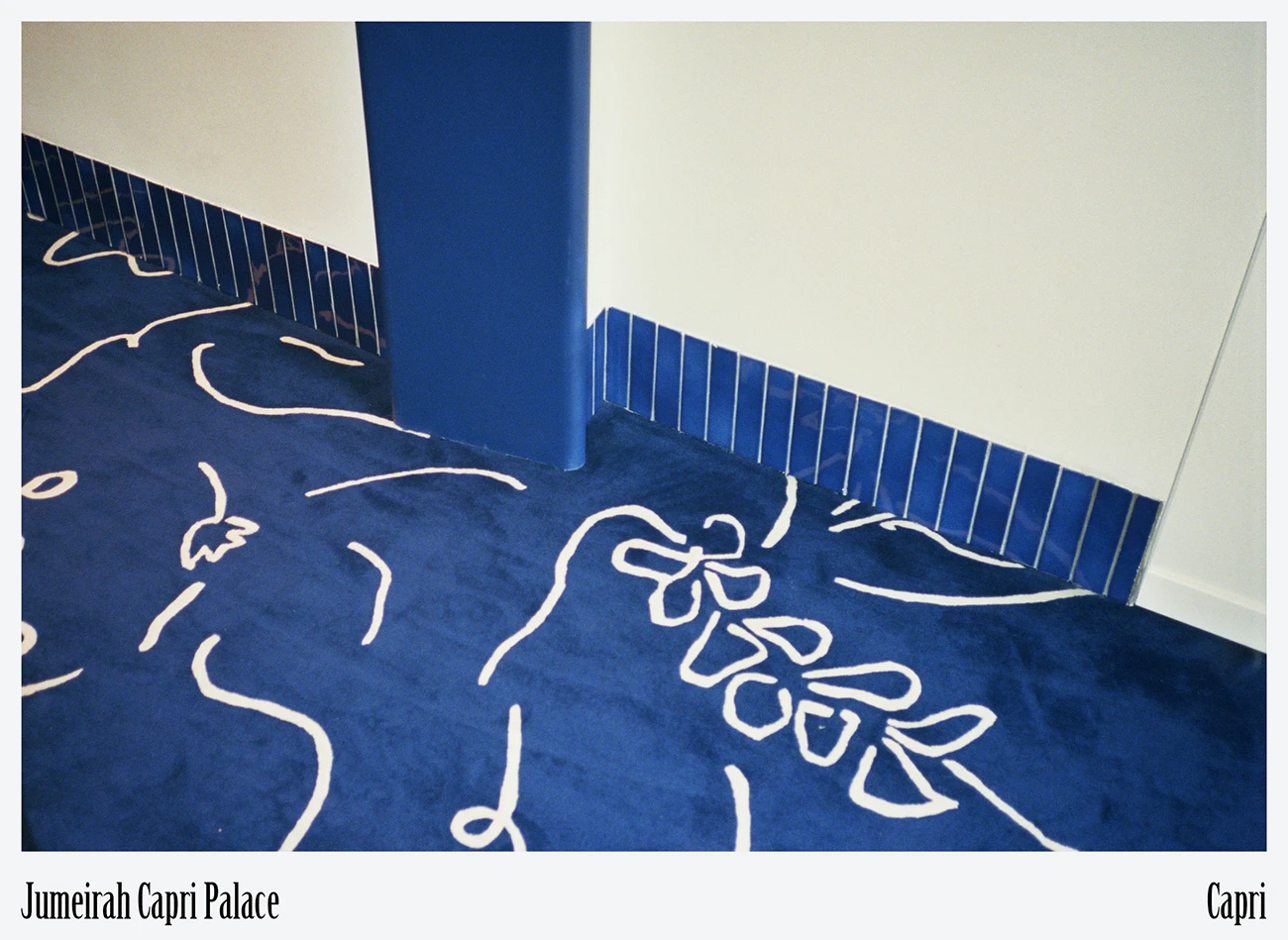
The partnership with Galleria Continua. Ongoing projects in collaboration with the Italian based international gallery
EZ: Among our initiatives, on May 29, we inaugurated a temporary exhibition at the hotel, in collaboration with Galleria Continua. This year’s theme is Color Light, and the exhibition features works by Giovanni Ozzola, Michelangelo Pistoletto, Pascale Marthine Tayou, Loris Cecchini, and Nari Ward. The partnership between Jumeirah and Galleria Continua began in 2021 with an exhibition at Jumeirah Burj Al Arab, featuring artists such as Anish Kapoor, Daniel Buren, and Michelangelo Pistoletto. Rooted in a shared vision, this cultural alliance is renewed year after year, working with new artists each time and with an ever-evolving theme.
Preserving the island through regular gestures
EZ: Jumeirah maintains global ties with local institutions, and in Capri we also have a connection with artisans and farmers. On my morning walks to Cetrella, I come across herds of wild goats, which are an integral part of Capri’s ecosystem. There are also groups of Anacapri residents involved in protecting the land: they maintain the forests to prevent fires, refill water cisterns for animals, and clear the paths from landslides to make them safer for hikers. This voluntary contribution from the community helps ensure the quality and care of the territory.
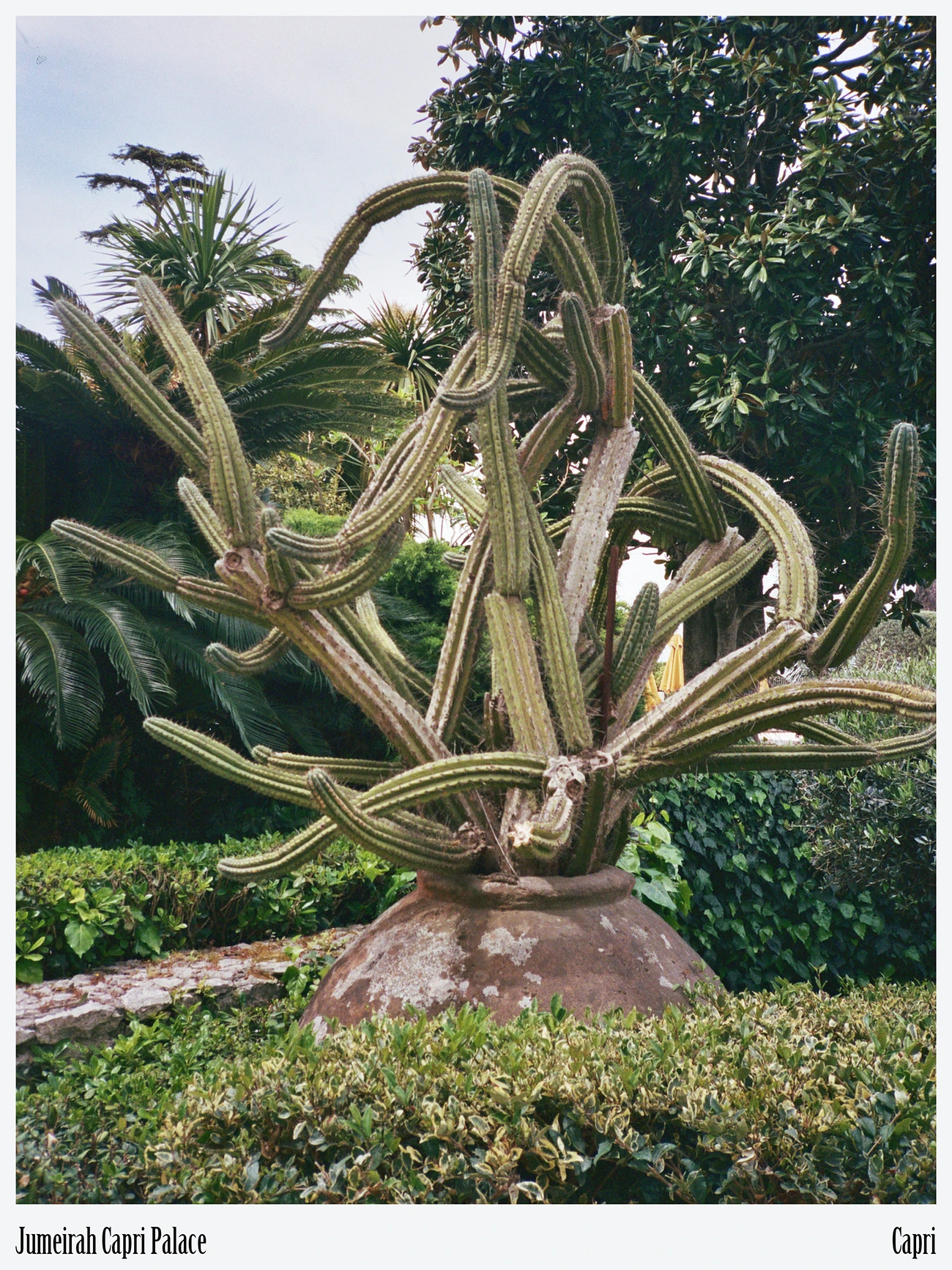
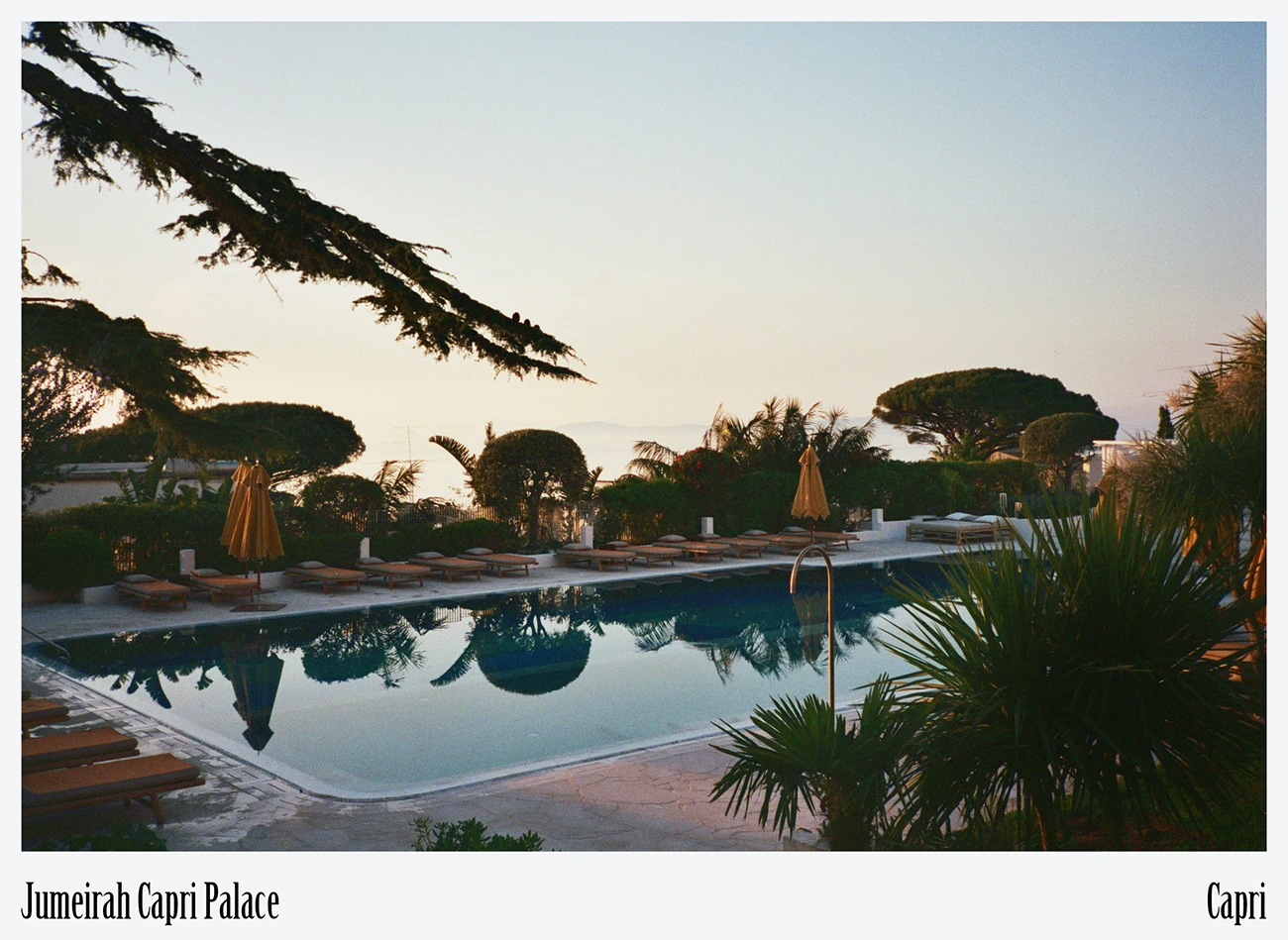
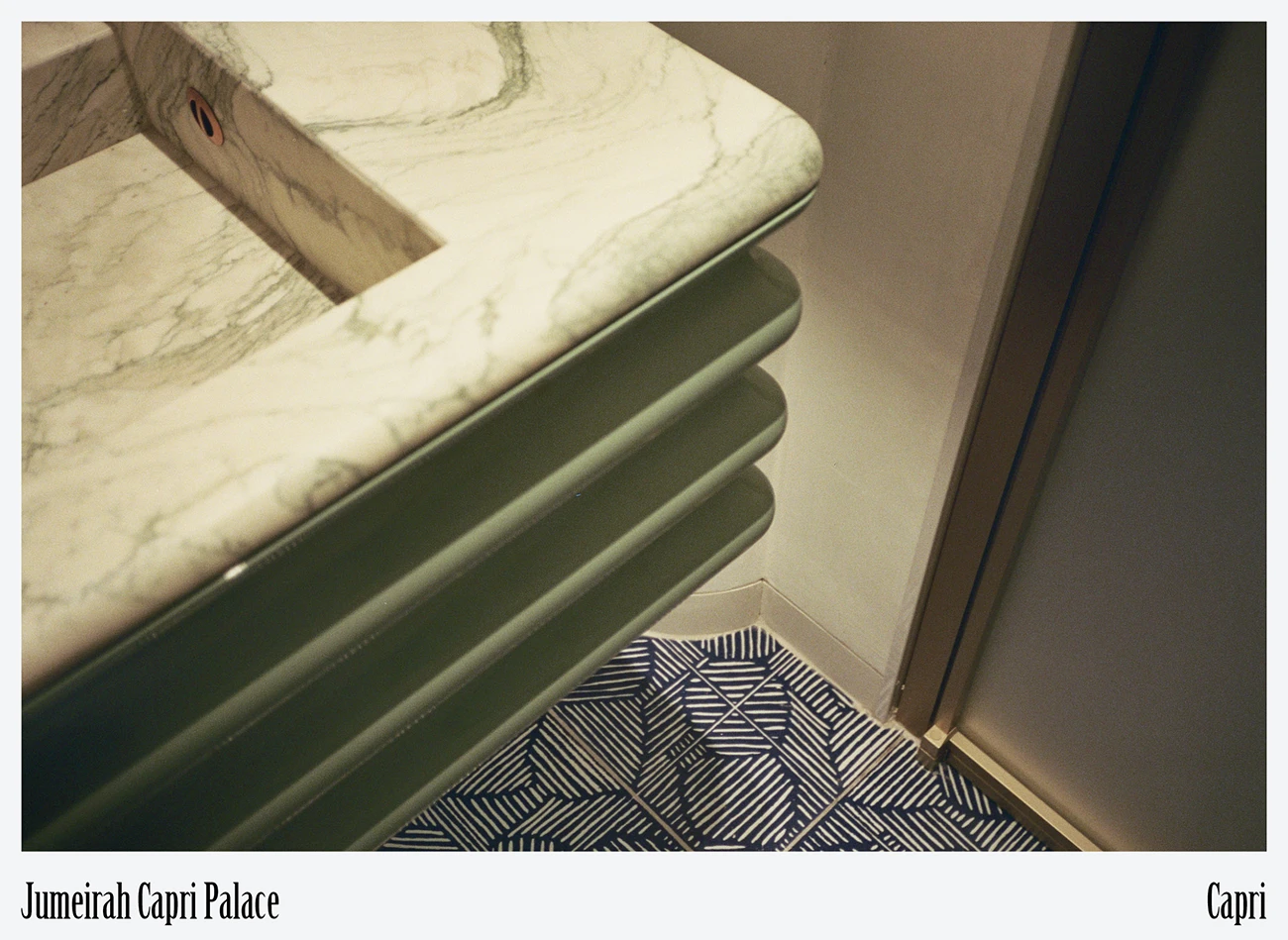
Jumeirah Capri Palace. Partnerships with artisans, farmers, artists, and institutions
EZ: Instead of the hotel slippers imported from overseas, we offer our guests sandals crafted by artisans as a welcome gift in the rooms. We also collaborate with olive growers who produce an oil called L’Oro di Capri. It is made by an association that brings together small growers and even private individuals who may only have one or two trees in their gardens. Thanks to this collective harvesting from outlying homes, where olives went unpicked because it wasn’t worthwhile, we now have enough olives to produce this oil. L’Oro di Capri is available in all our restaurants, alongside other fine oils, but it is the one we are most proud to present, since Anacapri’s agricultural heritage had been overlooked for decades.
Recent renovations at Jumeirah Capri Palace by Patricia Urquiola also involved local craftsmen and artisans. Together, we created artworks, tapestries made by fabric artisans, now displayed in the hotel rooms.
Jumeirah Capri Palace. Michelin-starred dining with a focus on zero-kilometre sourcing, seasonality and ethical fishing
EZ: At Jumeirah Capri Palace, we have removed dishes from our menus that required imported ingredients, not out of nationalism, but to support ethical fishing. We prioritize small fishing communities who catch species often discarded by restaurants, that have long been overlooked in favor of internationally recognized farmed fish like sea bass and sea bream, frequently raised in questionable conditions. We pay attention also to sourcing in order to combat illegal fishing, which is still practiced both in this region and across Italy.
As for seasonality tuna appears on our menus only during its legal fishing period. While tropical products are available on request, we encourage guests to embrace seasonal fruits and vegetables, which on Capri, are more appreciated than the exotic options.
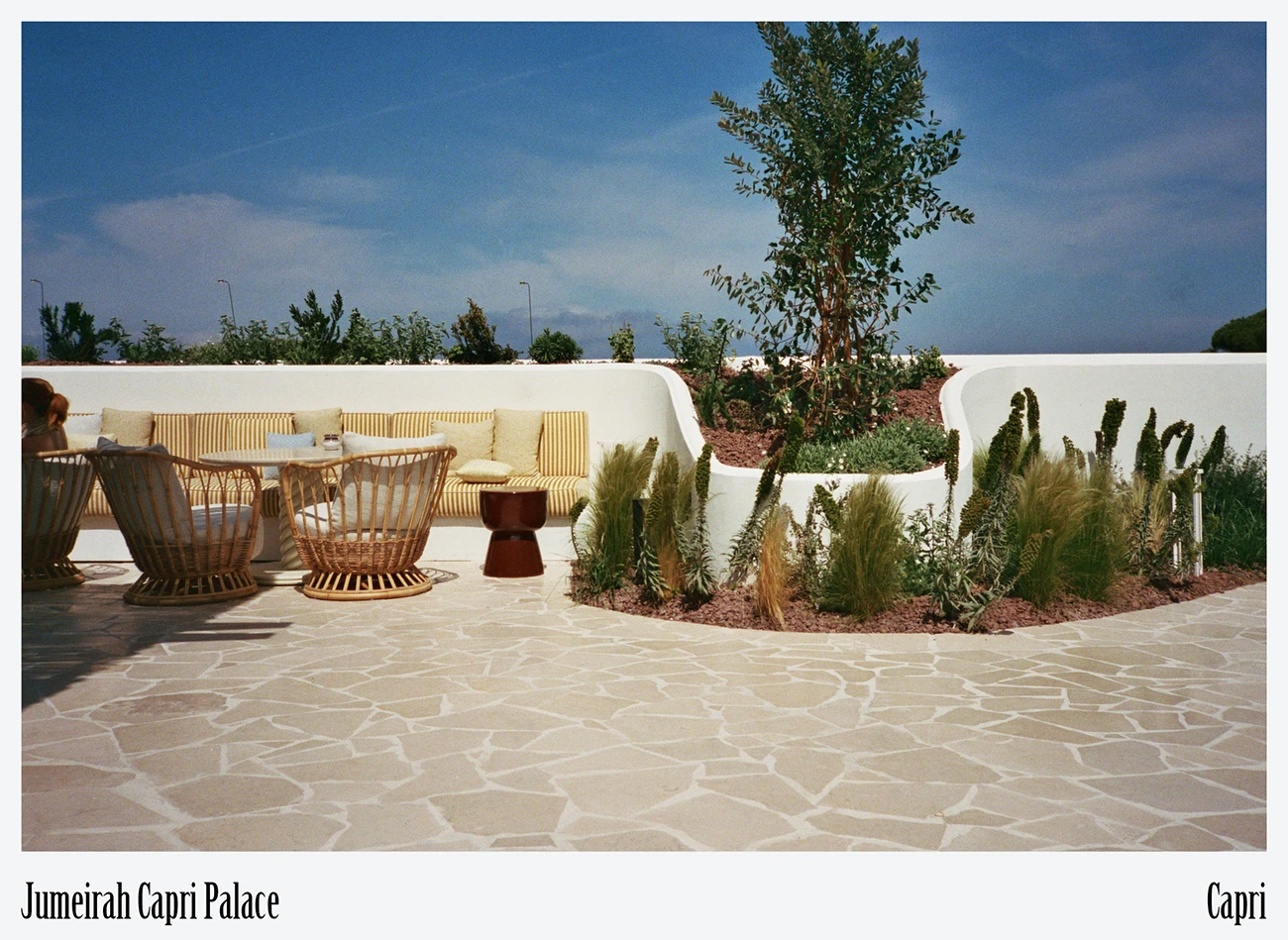
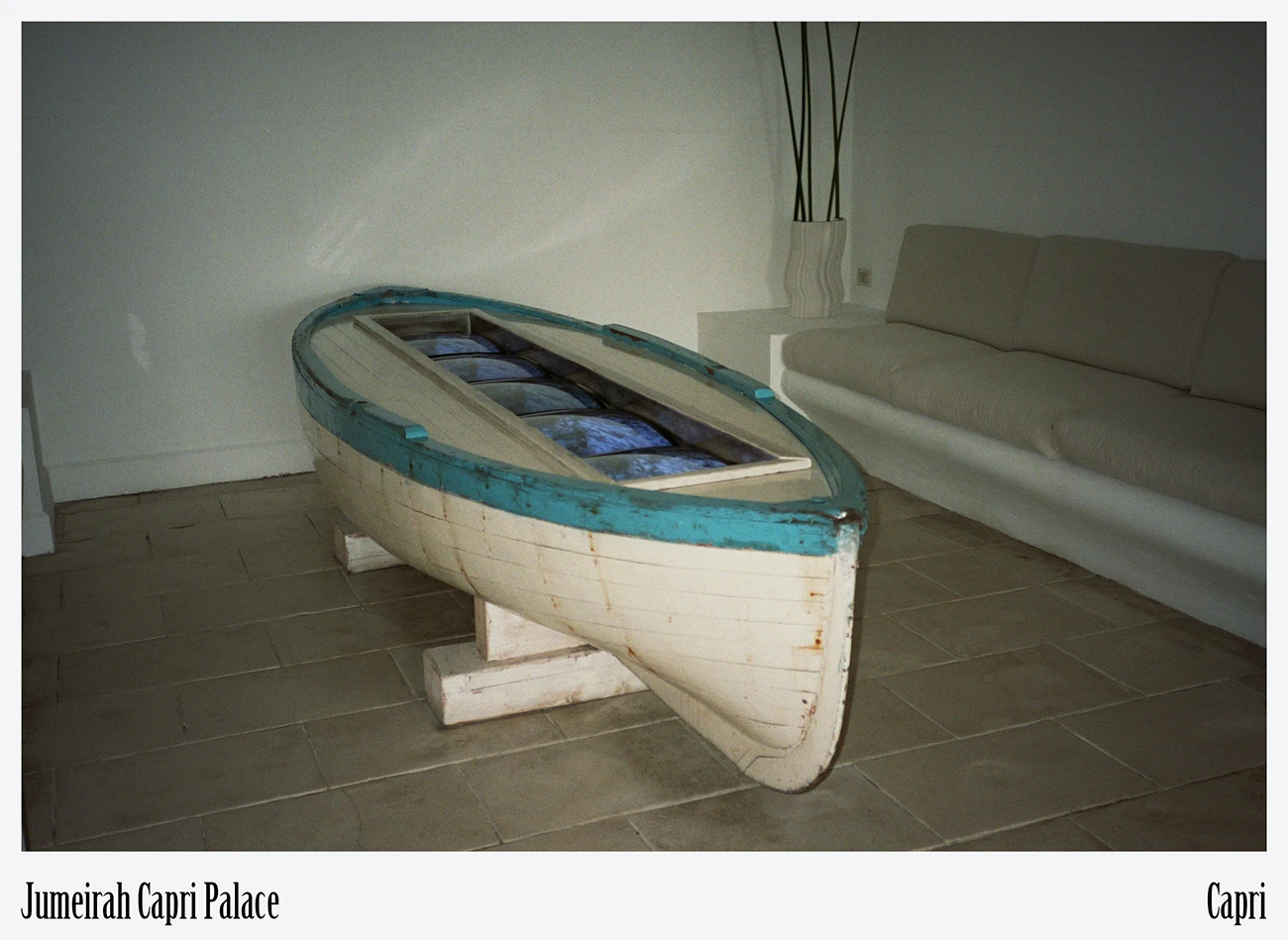

Travellers’ sensitivity and the company’s responsibility in promoting respectful, territory-conscious experiences
EZ: As a group we maintain an open dialogue with our guests, maintaining transparency and encouraging feedback. It is often guest feedback that inspires a change to how we deliver experiences. We used to provide large bottles of liquid soap. One guest suggested switching to smaller containers that could be refilled, so we introduced refillable ceramic dispensers, handmade on the Amalfi Coast, which can be refilled when empty.
Environmental targets and social responsibility
EZ: Jumeirah’s Mission 2030 roadmap is structured around the United Nations’ Sustainable Development Goals (SDGs), with three pillars Planet, People, Governance directly addressing SDG priorities. Our policies cover both environmental aspects, such as emission reduction, energy saving, and eliminating single-use plastic from all operational processes, as well as social aspects, including training, gender equality, and support for local communities. These are all areas Jumeirah considers fundamental, but with our commitment to the 2030 Agenda, we now follow clear guidelines.
Gabriele Della Maddalena
